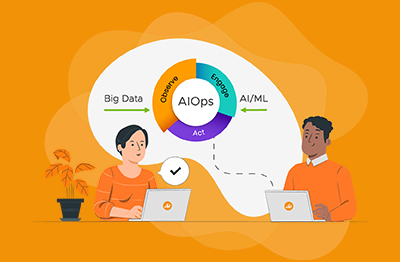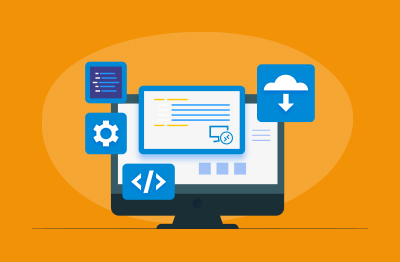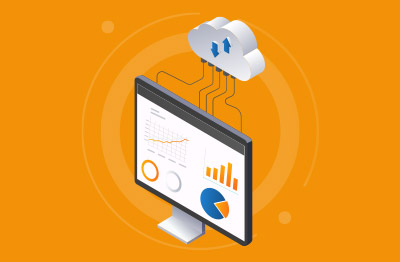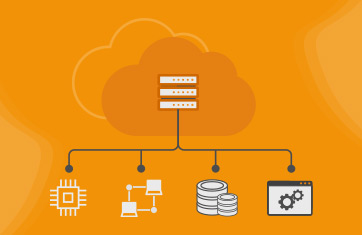What is Dizzion Frame?
The history of Dizzion Frame and who Dizzon are
Dizzion is a company that was founded in 2011, at a time when traditional Virtual Desktop Infrastructure (VDI) from vendors such as VMware and Citrix were the de facto enterprise choice to deliver digital workspaces. Dizzion set out to offer an alternative by building an automation and services platform on top of the Omnissa (formerly VMware) Horizon stack, Dizzion delivered virtual desktops as a service before “Desktop as a Service” (DaaS) had become “a thing”.


In June 2023, Dizzion, acquired and merged with Frame (a then Nutanix owned technology). “Frame”, was founded in 2012, and was the first true DaaS platform to come to market. Built from the ground-up, Frame focused on simplicity, agility, and flexibility. Frame then became the first multi-cloud DaaS platform when support for Azure was added in 2016. Frame was acquired by Nutanix in 2018 (see: Nutanix Boosts Its Cloud Stack With $165M Frame Acquisition - SDxCentral). Support for Nutanix Cloud Infrastructure and Google Cloud Platform (GCP) was added in 2019. With the release of Frame’s next generation remoting protocol (FRP8), Dizzion also became the first DaaS provider to support native, in-session, VoIP and videoconferencing (no offloading required to the endpoint).
Most recently, Dizzion, in partnership with IBM, announced support for IBM Cloud VPC with Frame.
Today, Dizzion supports two DaaS platforms based on the needs of the customer:
Read more: Introducing the New Dizzion | Dizzion Blog.
Dizzion DaaS offerings
Dizzion has three DaaS offerings:
For Managed and Complete customers, Dizzion also provides the option to add-on their +Compliance offering, which provides streamlined compliance services for the actual workload VMs (antivirus management, vulnerability detection and response, policy scanning, audit support, etc.). Dizzion +Compliance supports a wide range of regulatory requirements, including GDPR, HIPAA, PCI DSS, and SOC2.
What platforms is Dizzion available on? Is Dizzion multi-cloud? Can I run Dizzion Frame on-prem?
Many organizations are now adopting a multi-cloud approach to VDI and DaaS technologies, wanting to mitigate risks, limiting their exposure to a single cloud vendor’s pricing and security flaws and so on. Many also need to run certain types of desktops and apps on-premises still and are adopting a hybrid-cloud approach with some workloads on-prem and only some on public cloud.
Dizzion offer options within the Flex offering to deploy to your BYO (Bring Your Own) cloud of choice including AWS, Google Cloud Platform, IBM Cloud, Microsoft Azure, and Nutanix Cloud Infrastructure (private cloud on Nutanix AOS/AHV or on bare-metal AWS/Azure with Nutanix NC2) to offer DaaS with private, hybrid, and multi-cloud support.
What is the Frame Remoting Protocol (FRP8)?
In a similar manner to some other VDI and DaaS vendors, Dizzion have invested in developing their own remoting protocol - the Frame Remoting Protocol (FRP). The latest version (8) of the protocol, FRP8, included significant enhancements and was purpose-built to deliver a virtual workspace with the best-in-class user experience across both LAN and WAN scenarios.
VMware develops the “Blast Extreme” protocol, Microsoft RemoteFX/RDP, Citrix ICA/HDX/EDT. Like other vendors, having their own protocol allows Dizzion to add differentiating enhancements and optimizations to suit the workloads and use cases of their customers.
Frame pioneered the Desktop as a Service (DaaS) market by standardizing upon H.264 for encoding/decoding—a method that has since become widespread. With FRP8, Dizzion has adopted WebRTC as the standard for their transport layer. FRP8's use of WebRTC goes beyond enabling UDP-based transport. It equips Frame with the capability to offer native, in-session webcam and video-conferencing support directly within a browser—no separate client, agent, or receiver required. You can learn more on Dizzion’s blog, see: FRP8 and the Future of DaaS: A Leap Forward with WebRTC Technology | Dizzion Blog.
Who uses Dizzion?
Dizzion have focused on marketing and selling into certain sectors, including:
Many of these use cases involve sectors with fixed term projects, client per hour billing or highly seasonal fluctuating demand which suits a DaaS and credit-based delivery model.
Is Dizzion expensive? How much does Dizzion Frame cost?
Pricing for Dizzion can be found here: Pricing | Dizzion.
What are the alternatives to Dizzion?
Over the years there have been several DaaS vendors offering products with broadly similarly features (at least at a high-level marketing level), details of choices of cloud, protocols etc. of course vary. Some such as CloudJumper have been acquired and absorbed by larger vendors (in CloudJumper’s case by NetApp). Dizzion are regularly evaluated against offerings from Citrix, Workspot and cloud native solutions, see: VDI alternatives to Citrix and VMware for remote work | TechTarget and Citrix & VMware owned by PE make room for new companies & approaches | LinkedIn as examples for specific products Dizzion is frequntly compared to.
It should be noted that vendors in this space tend to occupy their own niches and usually do not offer a directly comparable alternative.







